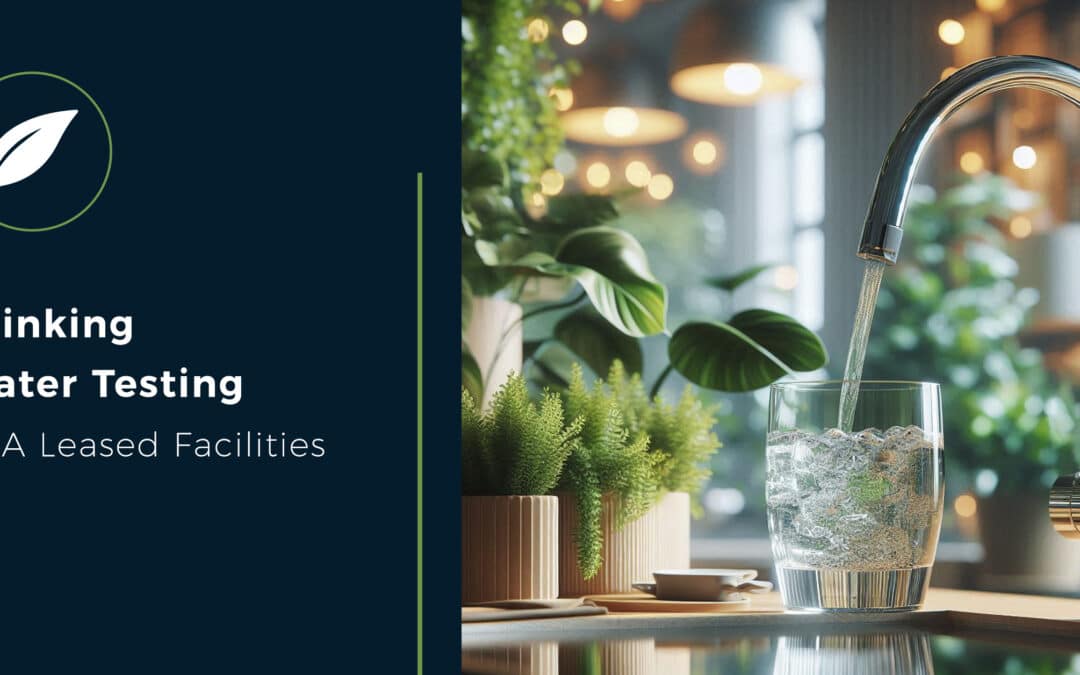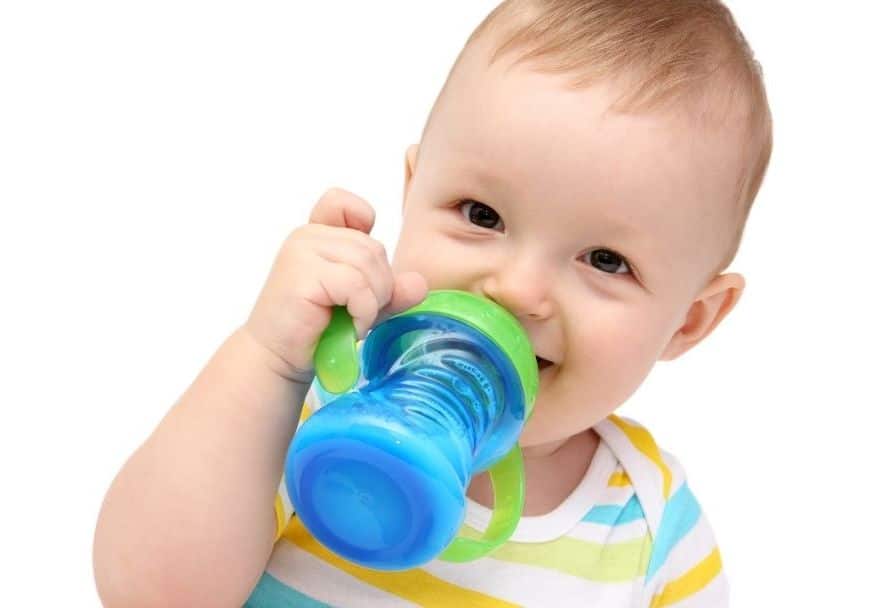AB 2370 Child Care Center Lead Water Sampling
Adviro Sampling Technicians are Certified by the California Department of Public Health Make an AppointmentCalifornia Child Care Centers (CCCs) Are Required to Test Their Water for Lead by January 1, 2023.
Did you know? In an effort to provide safer drinking water to children, the State of California — Health and Human Services Agency, Department of Social Services, is requiring all licensed Child Care Centers (CCCs) in California to test their drinking water for lead contamination.
The regulation states the following:
“Assembly Bill (AB) 2370, Chapter 676, Statutes of 2018, requires all licensed Child Care Centers (CCCs) constructed before January 1, 2010 to test their drinking water for lead contamination between January 1, 2020 and January 1, 2023, and then every 5 years after the date of the first test. This requirement does not apply to Family Child Care Homes.”
Assembly Bill Source: https://www.cdss.ca.gov/Portals/9/CCLD/PINs/2021/CCP/PIN-21-21-CCP.pdf
Adviro is certified to conduct all CCC lead tests.
Here’s the good news. Adviro is a certified lead testing provider and is approved by the Department of Social Services to conduct the water tests for all CCCs in all California Counties.
In fact, Adviro has already helped hundreds of Child Care Centers across California with their water lead testing requirements. Our certified lead sampling technicians are trained to efficiently conduct these lead tests with minimal interruption to child care center activities.
Certified Lead Testing Providers List Source: https://www.cdph.ca.gov/Programs/CCDPHP/DEODC/CLPPB/Pages/find_lead_prof.aspx
Our Comprehensive, Easy-to-Understand Lead Water Reports Meet All Legislative Requirements
At Adviro, we also make it as easy and convenient as possible for California Child Care Centers to meet the legislative testing requirements. As a full-service environmental testing company, we provide the lead testing, plus deliver reports that are the highest quality in the industry—making it simple for anyone to assess the results and decide on the next steps.
What’s more, if you prefer, we’ll deliver the required documentation to the California State Water Resources Control Board for you, so you can rest easy knowing that your child care center’s testing requirements have been signed, sealed, and delivered online.
Get quality lead testing and reports.
Adviro’s certified lead technicians will provide you with expert knowledge and experience to conduct regulated lead testing and survey reports. Our technicians are certified with the State of California Department of Public Health.
As a leading environmental consulting and testing company headquartered in San Jose/Silicon Valley, we guide commercial, industrial, and residential property owners through their lead-testing needs and requirements. We deliver timely results so you can keep your project on track.

Drinking Water Testing – GSA Leased Facilities
New Water Testing Requirements for Public Buildings – What You Need to Know Here’s some good news about the health quality of our drinking water. The U.S. General Services Administration's Public Building Service (PBS) is now requiring public buildings to...
Why Go Adviro?
- Certified Environmental Experts
- Responsive Scheduling
- Quick Turn-Around Reporting
- Concise, Detailed Reports
- Transparent Package Pricing
- Courteous Professional Staff
FOLLOW US

How Lead Affects Children
Lead affects children much more than adults because their growing bodies absorb more lead, which can affect their health.
Water Lead Testing Testimonial
—
Catalyst Family approached Adviro looking for assistance on implementing the water LEAD testing requirements per CA State AB2370. We have a large number of childcare sites that all needed to be tested without adding to our existing workload.
Adviro was very familiar with the testing process and the documents necessary in order for us to comply with the State requirements. They stepped up and took over huge chunks of the process. We indicated the general timeline & the order of the locations that we wanted tested, and Adviro made it happen.
Their reports are complete, and very detailed. Everyone who has read one of the reports has been impressed with the quality of the finished report. We are happy to recommend Adviro to anyone with a childcare site that needs to comply with the water LEAD testing requirements.
– Charles Crosby, Marketing Director
Catalyst Family Child Care Centers with 167 locations
LEAD FAQS
What is lead?
According to the EPA, lead is a naturally occurring element found in small amounts in the earth’s crust. While it has some beneficial uses, it can be toxic to humans and animals, causing health effects.
Where is lead found?
The EPA says lead can be found in all parts of our environment – the air, the soil, the water, and even inside our homes. Much of our exposure comes from human activities including the use of fossil fuels, past use of leaded gasoline, some types of industrial facilities and past use of lead-based paint in homes. Lead and lead compounds have been used in a wide variety of products found in and around our homes, including paint, ceramics, pipes and plumbing materials, solders, gasoline, batteries, ammunition and cosmetics.
Lead may enter the environment from these past and current uses. Lead can also be emitted into the environment from industrial sources and contaminated sites, such as former lead smelters. While natural levels of lead in soil range between 50 and 400 parts per million, mining, smelting and refining activities have resulted in substantial increases in lead levels in the environment, especially near mining and smelting sites.
When lead is released to the air from industrial sources or spark-ignition engine aircraft, it may travel long distances before settling to the ground, where it usually sticks to soil particles. Lead may move from soil into ground water depending on the type of lead compound and the characteristics of the soil.
Federal and state regulatory standards have helped to reduce the amount of lead in air, drinking water, soil, consumer products, food, and occupational settings.
Who is at risk for lead poisoning?
Children
Lead is particularly dangerous to children because their growing bodies absorb more lead than adults do and their brains and nervous systems are more sensitive to the damaging effects of lead. Babies and young children can also be more highly exposed to lead because they often put their hands and other objects that can have lead from dust or soil on them into their mouths. Children may also be exposed to lead by eating and drinking food or water containing lead or from dishes or glasses that contain lead, inhaling lead dust from lead-based paint or lead-contaminated soil or from playing with toys with lead-based paint.
Adults, Including Pregnant Women
Adults may be exposed to lead by eating and drinking food or water containing lead or from dishes or glasses that contain lead. They may also breath lead dust by spending time in areas where lead-based paint is deteriorating, and during renovation or repair work that disturbs painted surfaces in older homes and buildings. Working in a job or engaging in hobbies where lead is used, such as making stained glass, can increase exposure as can certain folk remedies containing lead. A pregnant woman’s exposure to lead from these sources is of particular concern because it can result in exposure to her developing baby.
Source: EPA
What are the health effects of Lead?
Lead can affect almost every organ and system in your body. Children six years old and younger are most susceptible to its effects.
For children, even low levels of lead in the blood can result in:
Behavior and learning problems
Lower IQ and Hyperactivity
Slowed growth
Hearing Problems
Anemia
In rare cases, ingestion of lead can cause seizures, coma and even death.
Lead can accumulate in our bodies over time. During a pregnancy, lead is released from the mother’s bones and can pass from the mother exposing the fetus or the breastfeeding infant to lead. This can result in serious health issues such as premature birth, learning and behavorial problems, the possibility of a miscarriage and more.
Adults exposed to lead can suffer from: Cardiovascular effects, increased blood pressure and incidence of hypertension, decreased kidney function, and reproductive problems (in both men and women).
I thought lead-based paint had been phased out. How many homes still contain lead-based paint?
The Department of Housing and Urban Development’s (HUD) National Survey of Lead and Allergens in Housing estimated that 38 million permanently occupied housing units (40% of all housing units) in the United States contain some lead-based paint that was applied before the residential use of lead-based paint was banned in 1978.
“Housing units” include single-family homes, manufactured housing, and multi-unit dwellings like apartments. Vacant housing, group quarters (e.g., prisons, hospitals, and dormitories), hotels, motels, military bases, and housing where children are not permitted to live (e.g., housing designated exclusively for the elderly and those with zero-bedroom units) are not included in this number. More information on these statistics is available from HUD.
How can I tell if my home contains lead-based paint?
According to the EPA, the older your home, the more likely it contains lead-based paint. For example, 87% of homes built before 1940 have some lead-based paint, while 24% of homes built between 1960 and 1978 have some lead-based paint. Lead-based paint may be present in private single-family homes or apartments, government-assisted, or public housing, and in urban, suburban, or rural settings. Assume your home contains lead-based paint and take the appropriate precautions. In pre-1978 homes and buildings, this is the simplest and safest approach.
What should I do if I think my home has lead paint or lead fixtures?
Hire a certified professional to check for lead-based paint. A certified lead-based paint inspector or risk assessor can conduct an inspection to determine whether your home or a portion of your home has lead-based paint and where it is located. This will tell you the areas in your home where lead-safe work practices should be used for renovation, repair, or painting jobs. A certified risk assessor can conduct a risk assessment telling you whether your home currently has any lead hazards from lead in paint, dust, or soil. The risk assessor can also tell you what actions to take to address any hazards. For help finding a certified risk assessor or inspector, call the National Lead Information Center at 1-800-424-LEAD (5323).
You can also call Adviro—our certified environmental consulting and testing company provides services for all of California.
Adviro consults for and tests all types of properties:
—

Commercial
High-rise office complexes, corporate campuses, industrial properties, retail centers, grocery stores, restaurants and more trust their environmental projects with us.

Public Works
Adviro works with school districts from elementary to university level, as well as state parks and federal buildings to help ensure the safety of their occupants.

Residential
For single family homes, duplexes, condos, apartment complexes and HOAs, Adviro helps property owners, managers and renters maintain their peace of mind.
